In the realm of tennis, the forehand stroke is both a fundamental and a transformative aspect of the game. Its evolution from a simple, straightforward technique to a sophisticated and nuanced stroke mirrors the broader development of the sport itself. This blog will explore the forehand’s journey in detail, examining how it has evolved, the complexities introduced over time, and how embracing simplicity has often led to mastery.
Part I: The Genesis of the Modern Forehand
Early Days of the Forehand
The forehand stroke has its roots in the early days of tennis, where the sport was still finding its identity. Originally, tennis was played with wooden rackets and a basic understanding of stroke mechanics. Early players utilized a rudimentary forehand grip, primarily focusing on making contact with the ball rather than on precision or power. The goal was to return the ball over the net and keep it in play, with little regard for the nuances of spin or speed.
Historical Context:
The origins of tennis can be traced back to the 12th century in France, where it was played with the palm of the hand. By the 16th century, the game evolved into what we now recognize as lawn tennis, played with rackets. The forehand stroke during this period was more about consistency and less about power or spin. It was characterized by a simple, straight-arm motion, aimed at getting the ball over the net.
The Revolutionary Era: Borg and Lendl
The 1970s and 1980s marked a pivotal period in the evolution of the forehand. This era saw the rise of tennis icons like Björn Borg and Ivan Lendl, whose innovations transformed the forehand from a basic stroke into a formidable weapon.
Björn Borg’s Impact:
Björn Borg, a Swedish tennis legend, introduced a new dimension to the forehand with his heavy topspin shots. Borg’s technique involved a full, flowing swing with a grip that allowed for greater topspin, which enabled him to keep the ball in play with a higher net clearance and increased margin for error. His forehand became a defining characteristic of his playing style, contributing significantly to his success on the clay courts of Roland Garros.
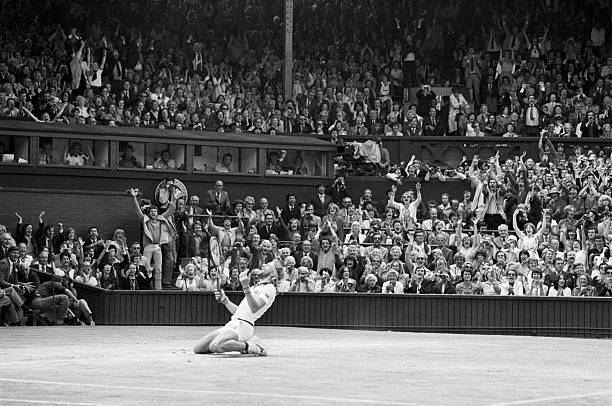
Ivan Lendl’s Power Forehand:
Ivan Lendl, another iconic figure, brought a different aspect to the forehand. His powerful, flat strokes were a departure from the previous topspin-heavy approaches. Lendl’s forehand emphasized sheer power and accuracy, allowing him to dictate play and put pressure on his opponents. His success with this approach demonstrated the effectiveness of a more aggressive forehand strategy.
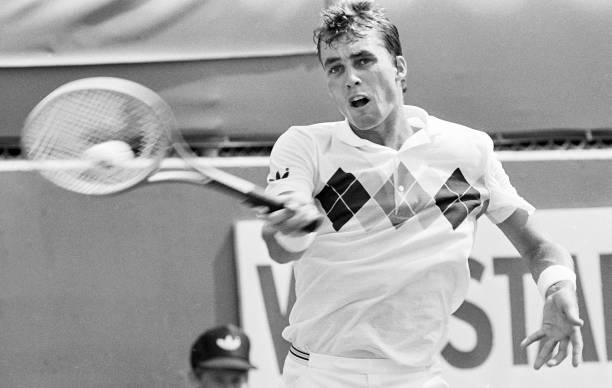
Lendl’s dominance during his career illustrated how adapting the forehand to focus on raw power could shift the dynamics of the game. His approach influenced future generations, setting the stage for the evolving forehand techniques seen today.
Part II: The Complication of Technique
The Rise of Technical Complexity
As tennis progressed into the 1990s and 2000s, the forehand stroke became increasingly complex. The advent of advanced equipment, such as graphite rackets and synthetic strings, allowed players to experiment with new techniques. Instructional videos and coaching methods proliferated, each offering a different perspective on perfecting the forehand.
Instructional Videos and Their Influence:
One notable example is Rick Macci’s instructional video on the forehand, which provides an in-depth analysis of the stroke. Macci emphasizes various adjustments, including shoulder torque, elbow positioning, and racquet inversion. His approach reflects a growing trend towards detailed technical instruction, which can sometimes overwhelm players with conflicting advice.

Example from Macci’s Video:
Macci’s video presents a series of specific techniques aimed at achieving a “revolutionary next-generation world-class forehand.” While these techniques are designed to enhance the stroke, they can also introduce complexity, making it challenging for players to focus on fundamental aspects of their game. For example, Macci advocates for a high follow-through and precise wrist position, which, while effective, may not be necessary for every player.
The Quest for Simplicity Amidst Complexity
Despite the surge in technical complexity, some players have successfully embraced a simpler approach. Juan Martin del Potro, for instance, is known for his straightforward forehand technique. Del Potro’s approach involves a relatively simple swing, focusing on extending the wrist, lifting the racquet tip, and following through with a smooth motion. His success demonstrates that a less complicated technique can be highly effective.
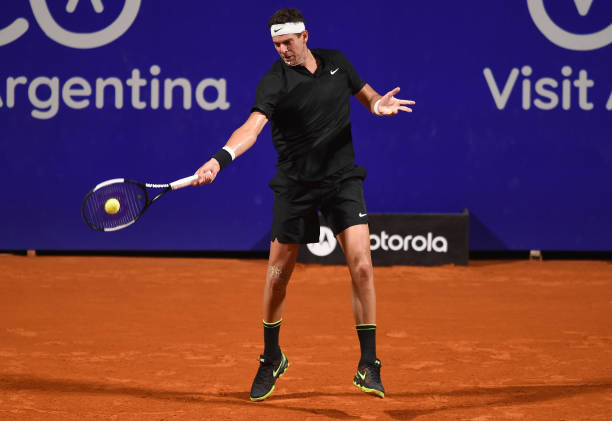
Comparison with Modern Players:
Comparing Del Potro’s forehand with that of players like Roger Federer and Rafael Nadal illustrates how simplicity can lead to mastery. Federer’s forehand, known for its fluid motion and balance, and Nadal’s topspin-heavy forehand, both highlight how focusing on core principles rather than excessive technical adjustments can lead to successful outcomes.
Part III: The Art of Subtraction
Embracing the ‘Via Negativa’ Approach
The principle of ‘via negativa,’ or focusing on what not to do, can be a powerful tool in refining the forehand. This concept is akin to Michelangelo’s approach to sculpting, where he believed that creating a masterpiece involved removing everything that was not part of the final form.
Applying ‘Via Negativa’ to the Forehand:
In tennis, applying this philosophy means identifying and eliminating unnecessary movements or adjustments. By focusing on the essential elements of the forehand, players can achieve greater consistency and control. This approach is evident in the techniques of some of the game’s greatest players.
Examples of Mastery Through Simplicity:
- Roger Federer: Federer’s forehand is characterized by its balance and fluidity. He uses a simple grip and swing, allowing him to generate both power and precision with minimal extraneous movement. Federer’s ability to adapt his forehand based on the situation—whether hitting a powerful inside-out shot or a delicate slice—demonstrates the effectiveness of a refined, yet uncomplicated technique. At Wimbledon, Federer’s forehand is often a key weapon, enabling him to navigate the grass courts with ease, leveraging its natural bounce to control rallies.
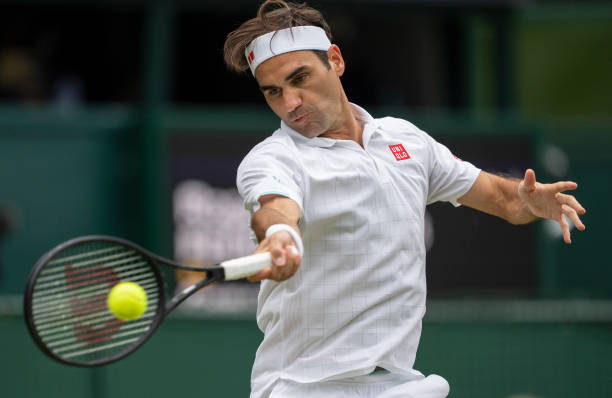
- Novak Djokovic: Djokovic’s forehand is known for its consistency and control. His technique emphasizes a stable wrist and controlled swing path, reflecting a focus on core principles. Djokovic’s adaptability on various surfaces, including his impressive performances at Wimbledon, showcases how his forehand’s simplicity in execution allows him to adjust his game effectively against different opponents.

- Rafael Nadal: Nadal’s forehand, with its heavy topspin, benefits from a streamlined technique that maximizes spin and control. Nadal’s approach to the forehand, particularly on the clay courts, demonstrates how a focused, fundamental adjustment can lead to exceptional results. At Wimbledon, Nadal’s forehand is less spin-oriented but still showcases his adaptability and precision, reflecting his ability to modify his technique for different playing conditions.
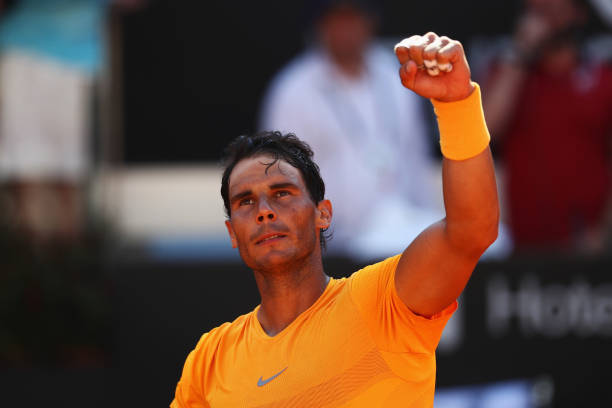
Dominic Thiem’s Evolution
Dominic Thiem’s forehand evolution is a prime example of refining technique through subtraction. By shortening his backswing, Thiem improved his ability to hit the ball with greater precision and control. This adjustment highlights how simplifying the technique can enhance performance without adding complexity.
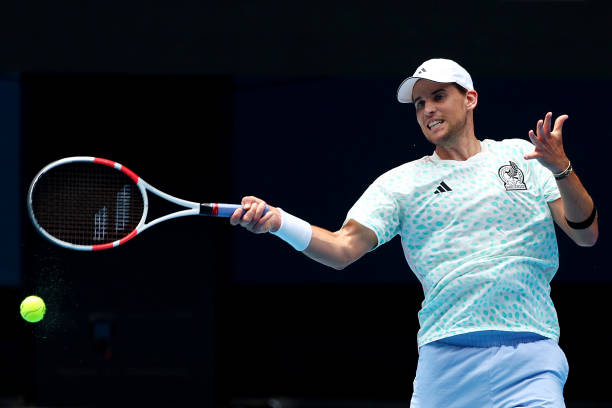
Current Stars: Carlos Alcaraz and Jannik Sinner
- Carlos Alcaraz: The young Spanish sensation Carlos Alcaraz has quickly made a name for himself with his explosive forehand. His technique combines elements of power and precision with an impressive ability to hit with both depth and accuracy. At Wimbledon, Alcaraz’s forehand has been a significant factor in his success, allowing him to dictate play and execute aggressive shots with a blend of power and finesse.
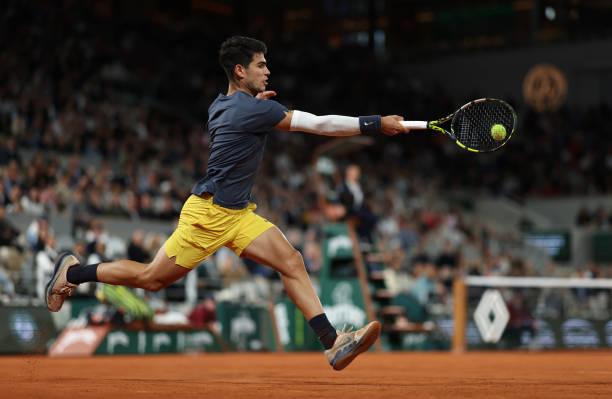
- Jannik Sinner: Italian prodigy Jannik Sinner is another player whose forehand has evolved impressively. Known for its speed and precision, Sinner’s forehand is a key component of his aggressive baseline game. At Wimbledon, his ability to generate power and maintain control with his forehand has made him a formidable opponent, showcasing the effectiveness of a well-honed, modern technique.
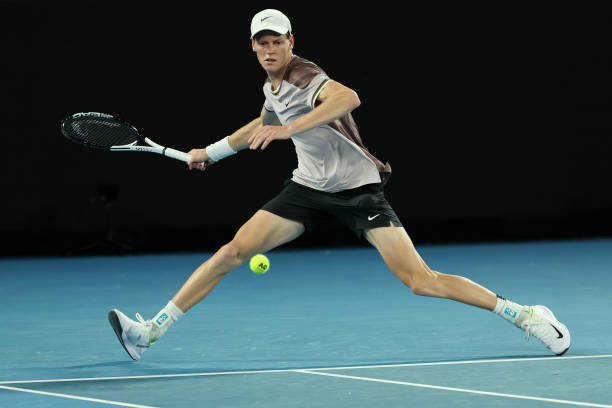
Conclusion: Embracing Simplicity for Excellence
The evolution of the forehand reveals a fascinating journey from simplicity to complexity and back. The most effective forehand strokes are often those that embrace simplicity and focus on core principles. As tennis continues to evolve, players can benefit from refining their techniques, embracing the power of simplicity, and removing unnecessary complexities.
The current generation of players, including legends like Federer, Nadal, and Djokovic, as well as emerging stars like Alcaraz and Sinner, demonstrate how a refined approach to the forehand—whether through simplicity or adaptation—can lead to exceptional performance on the court.
As Rafael Nadal eloquently states, tennis is a sport that challenges both mind and body, where each shot presents a unique opportunity to excel. By focusing on fundamental techniques and simplifying their approach, players can achieve greater consistency, control, and ultimately, mastery of the forehand.
As you continue to develop your game, focus on refining your technique and embrace the simplicity that can lead to excellence. Remember, often the most effective approach is the one that is straightforward and unembellished.